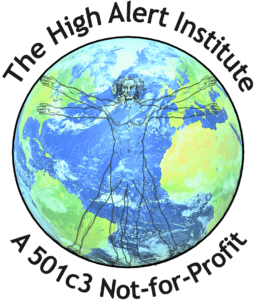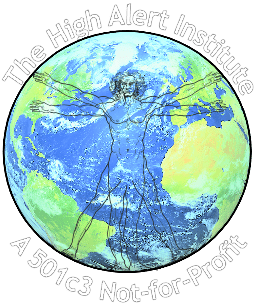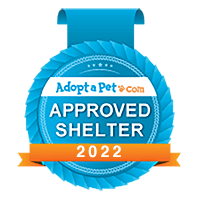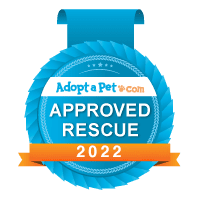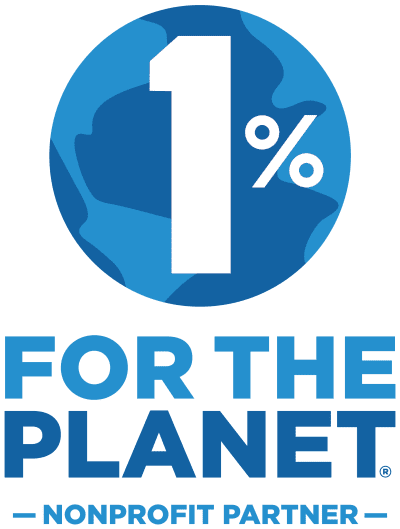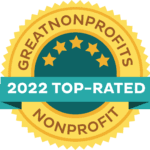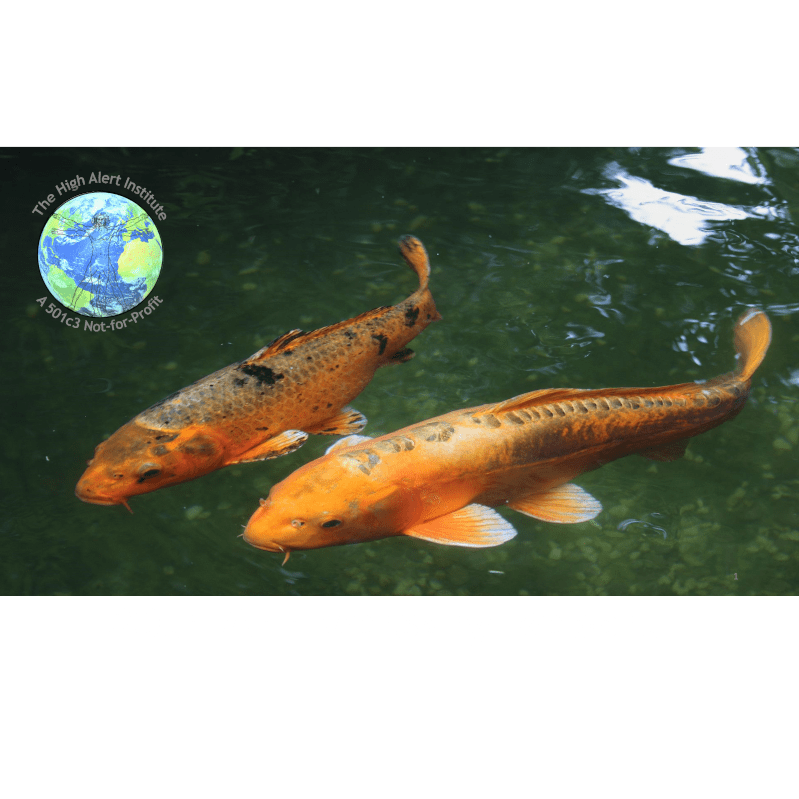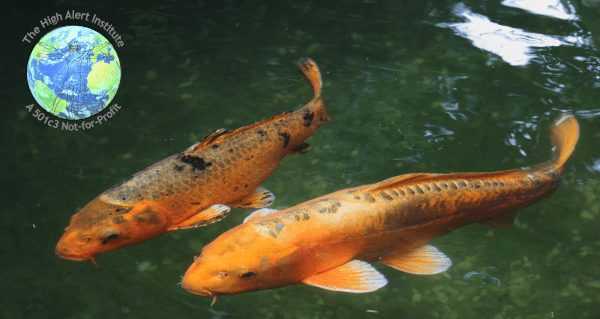For decades physicians, virologists, and epidemiologists have known that major influenza outbreaks, epidemics, and pandemics, are not just dangerous in and of themselves, but for the fact that they debilitate individuals, thus “opening the door” to other diseases that ordinarily are never a problem. For the school-age population, this means that the door is now flung open wide for diseases such as Whooping Cough (Pertussis), croup, and other severe respiratory illnesses that usually affect only a few isolated children each year. Vaccination programs have all but eliminated most such diseases and even those children who go unvaccinated through parental preference or religious belief, are protected by the fact that the majority of their peers are vaccinated, thus creating a buffer zone, preventing the spread of disease to the unvaccinated. This “herd immunity” has been the last safe bastion for school public health over the past decade. However, pandemics of the past have shown that large scale influenza outbreaks breech herd immunity and open the door to disease in susceptible children.
For the school administrator and the school health director who has now weathered the storm of a worldwide pandemic, the battle is not yet over. H1N1 may finally be waning in many areas of the world, the seasonal flu and cold season is now at its crest and will soon also be coming into its sunset. Unfortunately, they have held the door wide for these more opportunistic infections. Now is the time to ask your guidance counselors and principles if they can reach parents, “with one call now” to distribute information about a new outbreak. Today is the day to update your telephone message scripts and voicemail recordings to ensure that parents don’t expose their children to secondary infections and open the doors of your school to more illness.
As early as November 2009, reports of outbreaks of croup and Whooping Cough in isolated farm communities throughout the Midwest were being reported. Although not unusual in December and January, at the peak of cold and flu season, these early outbreaks were harbingers of the unwelcome effects of the H1N1 pandemic overlapping the seasonal influenza outbreak. Although battle-weary and preparedness worn, school administrators and ESA’s must remain ever vigilant advising parents to keep ill children at home maintaining social distance in programs they have initiated. Continuing hygiene programs such as rinse, lather, repeat, making certain children wash their hands regularly before and after meals, insuring that the high-five they receive from parents, and children, and teachers is followed by a squirt of hand gel and a quick rub of hand sanitizer. The desks are wiped down regularly between classroom changes and that teachers are rotated rather than students, decreasing the collection of students in halls and the exchange of germs in those crowded passageways.
Social distancing policies of the school should still be extended into the home with the suspension of the need for doctor’s notes when a child returns home. Instead a note from the parent should suffice verifying that the child was, in fact, home ill with the parent’s permission. Sending an ill child to the doctor just to confirm that the child does or does not have a specific disease is ill-advised, since the child did not have one disease. Sending them to the ill lobby of a doctor’s office will only guarantee that they will incubate yet another illness and deliver it, like a “viral mule”, to your classroom.
In short, in these final weeks of H1N1 pandemic, the final months of the 2009/2010 cold and flu season, while the viruses have an open door policy to infection, it is imperative that your school maintain a closed door policy to disease and an open door policy to student health and student return.
